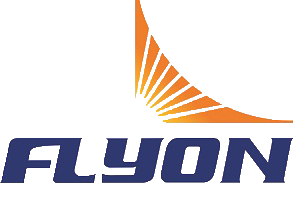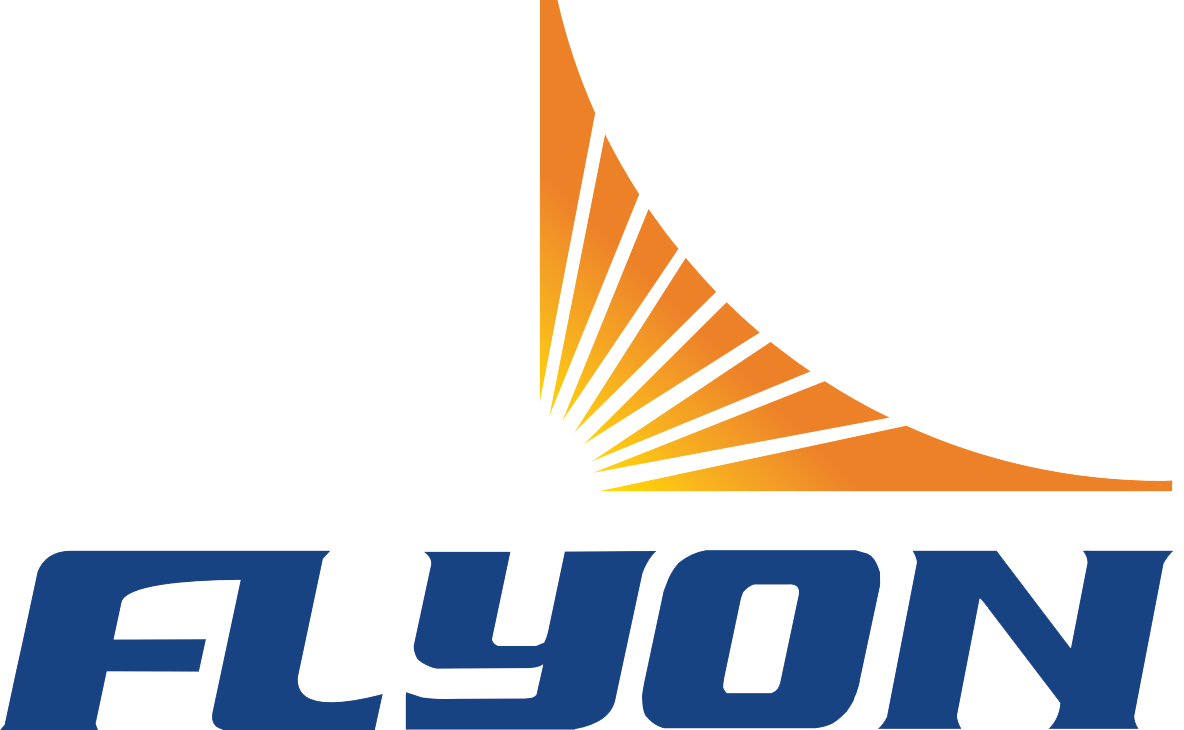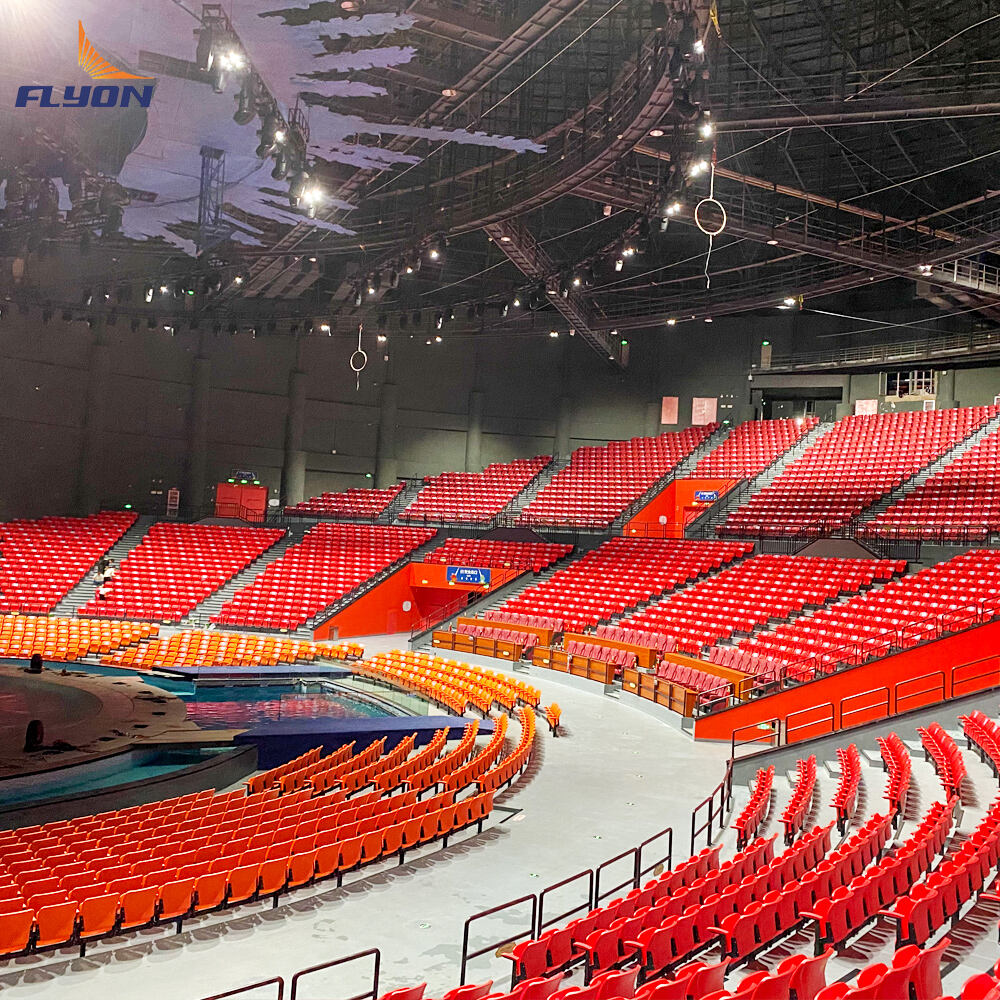Material Selection and Durability for Long-Term Performance
When designing outdoor stadiums, material selection ranks among the most critical key considerations for outdoor stadiums due to decades-long exposure to rain, UV radiation, and temperature fluctuations.
Corrosion resistance and protective coatings for metal grandstands in outdoor environments
Galvanized steel with zinc coatings demonstrates 97% rust resistance after 25 years in temperate climates, outperforming uncoated alternatives by a 3:1 margin according to structural durability research. Advanced epoxy-polyurethane hybrid coatings extend aluminum’s service life beyond 50 years while maintaining ADA-compliant slip resistance.
Steel vs. aluminum: Strength, longevity, and long-term cost implications
Steel provides superior load-bearing capacity (50–70 ksi yield strength) for multi-tier grandstands but requires 18–22% higher maintenance budgets over 30 years. Aluminum’s one-third weight reduces foundation costs by $8–$12 per square foot, though its fatigue strength limits use in spans exceeding 40 feet without reinforcement.
Managing galvanic corrosion risks when combining steel and aluminum components
Electrically isolating metals with neoprene gaskets or powder coatings prevents 83% of galvanic corrosion cases. A 2024 industrial study found hybrid systems using insulation techniques lowered lifetime repair costs by 40% compared to direct metal contact designs.
Structural Integrity and Compliance with Safety Standards
Designing for Dynamic Loads: Ensuring Stability Under Spectator Movement
When designing metal grandstands, engineers need to consider that they'll face forces three times greater than what static seating would normally impose. This accounts for all those unpredictable moments when crowds surge forward or move rhythmically together during exciting parts of an event. According to industry guidelines, bleachers should be built to handle at least 5 pounds per square foot of lateral force. Extra support is required around walkways and where railings connect to the structure itself. Something else designers look at closely is how the frame responds to different frequencies. If not properly addressed, certain vibrations can build up over time and become dangerous, especially in larger venues with multiple tiers of seating. Getting this right isn't just about meeting regulations it's about keeping people safe throughout the entire event.
Meeting OSHA and IBC Safety Regulations for Elevated Seating Structures
All permanent installations must comply with OSHA (Occupational Safety and Health Administration) guardrail height requirements (42" minimum) and IBC (International Building Code) live load capacities (100 psf concentrated loads). Third-party inspectors typically verify:
- Vertical deflection limits (< span/240) under maximum occupancy
- Non-slip tread surfaces with 0.8+ coefficient of friction
- Emergency egress compliance for 90-second evacuation drills
I-Beam vs. Angle Frame Systems: Comparing Structural Efficiency and Strength
| Feature | I-Beam Construction | Angle Frame System |
|---|---|---|
| Span Capacity | 60'+ unsupported spans | ⌠ 40' spans |
| Material Efficiency | 18% higher steel-to-load ratio | Easier field adjustments |
| Foundation Demands | Requires drilled piers | Works with spread footings |
I-beam configurations provide superior load distribution for large stadiums, while angle frames offer cost advantages in modular or temporary installations under 1,500 seats.
Foundation Requirements and Site-Specific Installation Challenges
Evaluating Soil Conditions and Load-Bearing Capacity for Permanent Installations
Proper grandstand stability begins with geotechnical analysis–58% of stadium failures stem from inadequate soil testing according to a 2023 foundation systems study. Engineers conduct dynamic cone penetration tests and borehole sampling to determine:
| Soil Type | Bearing Capacity Range | Recommended Foundation Type |
|---|---|---|
| Clay | 1,500–3,000 psf | Deep Helical Piers |
| Sandy Loam | 2,000–4,000 psf | Grade Beams with Spread Footings |
| Compacted Gravel | 4,000–6,000 psf | Concrete Pads with Anchor Bolts |
These methods ensure load capacities exceed OSHA safety factors by 40–60% in flood-prone areas, with soil stabilization techniques like grouting used where water tables fluctuate seasonally.
Adapting Grandstand Designs to Uneven Terrain and Variable Site Layouts
When dealing with slopes steeper than 15 degrees, construction typically needs either terraced sections or helical pier systems to keep elevation differences under a quarter inch over distances of 100 feet. These days, GPS technology makes it possible to grade land accurately enough for modular building setups. The adjustable legs on these support systems can handle up to 36 inches difference in height between each point where they're placed. Looking at recent field data from 2023, contractors who used 3D models during their foundation planning saved around 32 percent of their installation time when working on tricky, uneven ground compared to old fashioned survey techniques. This kind of efficiency makes a big difference on actual job sites.
Design Flexibility and Scalability for Evolving Stadium Needs
Configurational Options: Fixed, Modular, and Portable Metal Grandstands
Stadiums these days need seating options that can change depending on what kind of event is happening and how many people show up. Steel grandstands that stay put work great for places where lots of folks come regularly, but when a venue hosts different things throughout the year, aluminum seating modules with moving parts make more sense. Experts in the field often point to rail systems and hydraulic lifts as smart choices for quickly switching configurations from music shows to sports games to local meetings. For temporary boosts in capacity during busy seasons or big crowds, portable steel structures come into play without needing any major groundwork. These setups just sit on top of existing surfaces and get moved around as needed.
Optimizing Column Spacing and Grid Layout for Sightlines and Expansion Readiness
Where columns are placed makes all the difference for fans watching games and also affects how easy it is to expand the venue later on. Using a grid that's spaced about 40 feet apart works pretty well because it keeps the structure strong but still lets people see clearly across the field. Standardizing those connection points between different sections makes adding new parts much easier down the road. Looking at stadiums that have been built recently, we can see that beams need to be at least 12 inches deep when designing something modular if they want to stack levels vertically for better seating arrangements. The diagonal supports should go where future walkways might be added too. This helps meet accessibility requirements set by ADA standards and leaves room to grow seating capacity by around 15 to 20 percent over time through gradual expansions rather than one big construction project.
Enhancing Spectator Comfort and Long-Term Usability
When thinking about outdoor stadiums, we need to look at more than just how strong the structure is. People want to be comfortable watching games too, and venues need to last for years without constant repairs. The latest metal grandstands come with built-in shade solutions that actually cut down on surface heat during hot days by around 18 to 22 degrees Fahrenheit. These shade systems also look good thanks to materials like stretched fabric panels or decorative metal patterns that match the overall design of the stadium. For keeping things cool naturally, many modern facilities use smart airflow planning based on computer models. Simple changes make a big difference too - raising walkways above ground level and using floor grids instead of solid surfaces lets air flow better throughout the seating areas, which improves circulation by about 35 percent when compared with traditional solid deck constructions.
Three essential features ensure safety and accessibility:
- ADA-compliant ramps with ⌠ 8.3% slope angles
- Guardrail systems rated for 250 lb/ft lateral loads
- Anti-slip decking surfaces (0.68+ coefficient of friction)
Recent analyses show venues implementing preventative maintenance programs achieve 40% lower lifecycle costs over 20 years compared to reactive repair approaches. Regular inspections of welding joints, corrosion barriers, and retractable mechanisms form the foundation of durable spectator infrastructure.
FAQ
What materials are best for outdoor stadium construction?
Galvanized steel and aluminum are commonly used due to their durability and corrosion resistance. Coatings like zinc for steel and epoxy-polyurethane for aluminum also enhance longevity.
How do you prevent galvanic corrosion when combining steel and aluminum?
Using neoprene gaskets and powder coatings can electrically isolate different metals, significantly reducing galvanic corrosion risks.
Why is soil analysis crucial for stadium foundation stability?
Improper soil analysis can lead to structural failures. Geotechnical analysis ensures the foundation can handle the load, exceeding safety factors and adapting to site conditions.
How does design flexibility benefit stadium functionality?
Modular and portable grandstands offer configurable options that adapt to varying event types and crowd sizes, improving venue versatility.
What role does maintenance play in long-term stadium performance?
Preventative maintenance significantly reduces lifecycle costs and prolongs the structure's usability, focusing on regular inspections of joints and corrosion barriers.
Table of Contents
- Material Selection and Durability for Long-Term Performance
- Structural Integrity and Compliance with Safety Standards
- Foundation Requirements and Site-Specific Installation Challenges
- Design Flexibility and Scalability for Evolving Stadium Needs
- Enhancing Spectator Comfort and Long-Term Usability
-
FAQ
- What materials are best for outdoor stadium construction?
- How do you prevent galvanic corrosion when combining steel and aluminum?
- Why is soil analysis crucial for stadium foundation stability?
- How does design flexibility benefit stadium functionality?
- What role does maintenance play in long-term stadium performance?
 EN
EN
 AR
AR
 FR
FR
 PT
PT
 RU
RU
 ES
ES
 BG
BG
 HR
HR
 CS
CS
 DA
DA
 NL
NL
 FI
FI
 DE
DE
 EL
EL
 HI
HI
 IT
IT
 JA
JA
 KO
KO
 NO
NO
 PL
PL
 RO
RO
 SV
SV
 CA
CA
 TL
TL
 ID
ID
 SR
SR
 SK
SK
 UK
UK
 VI
VI
 HU
HU
 TH
TH
 TR
TR
 MS
MS
 AZ
AZ
 KA
KA
 BN
BN
 LO
LO
 MN
MN
 MY
MY
 UZ
UZ


